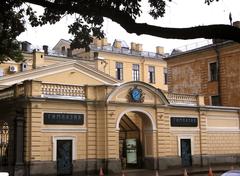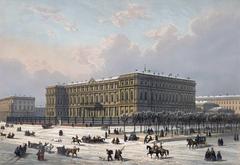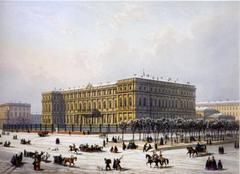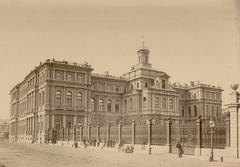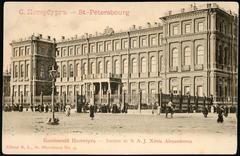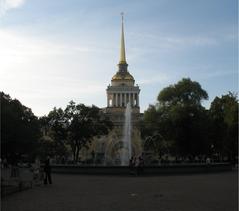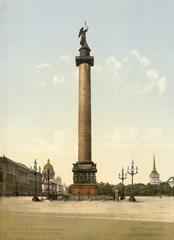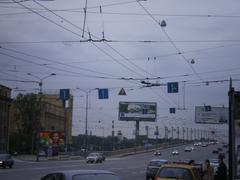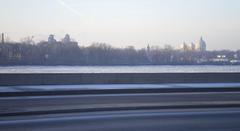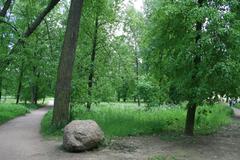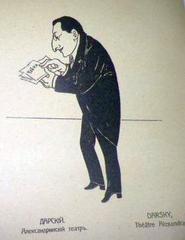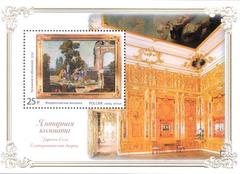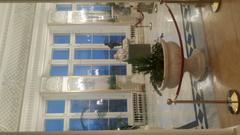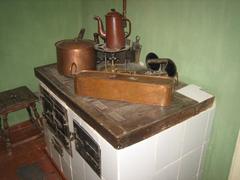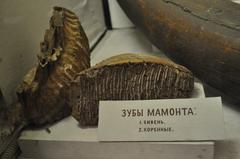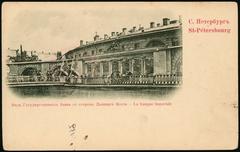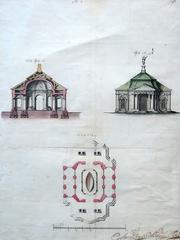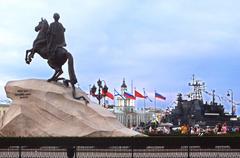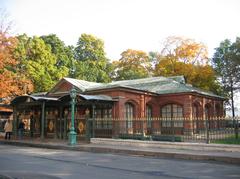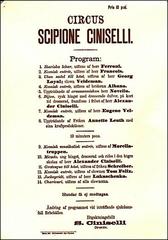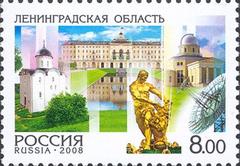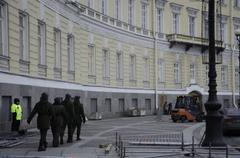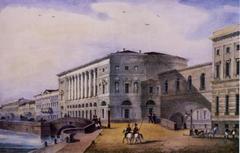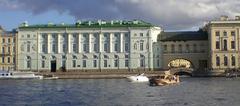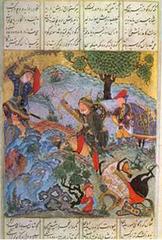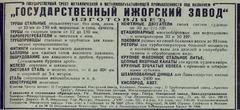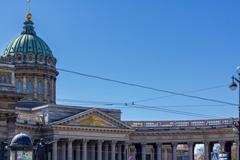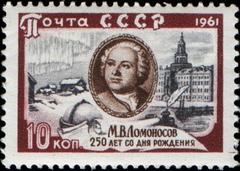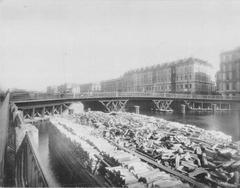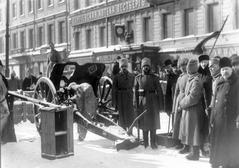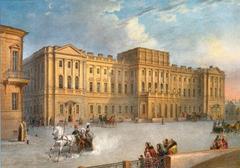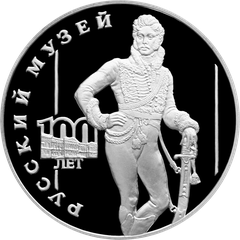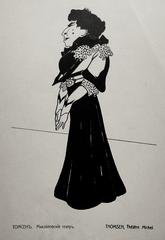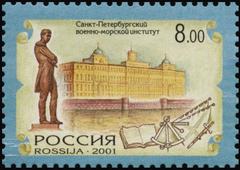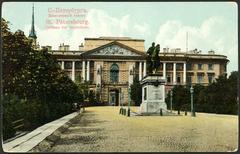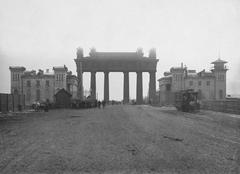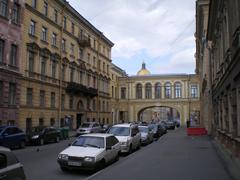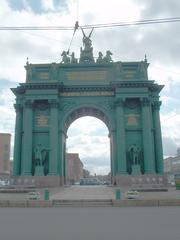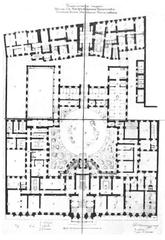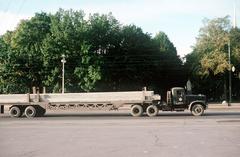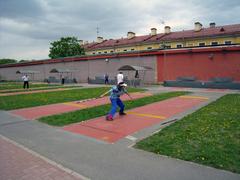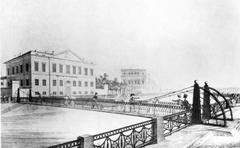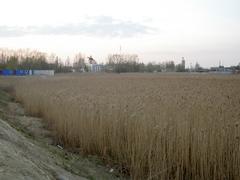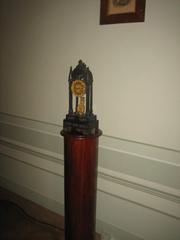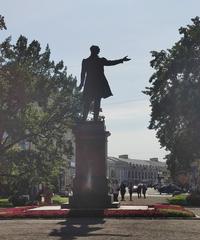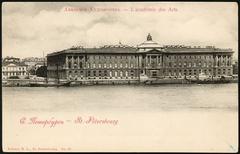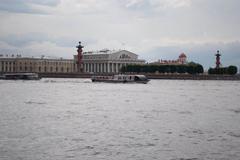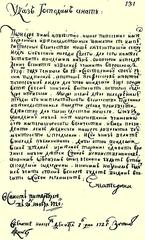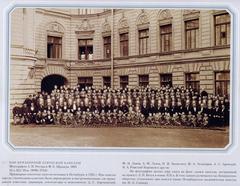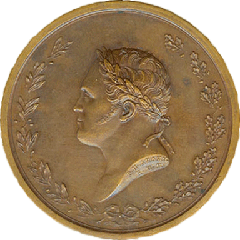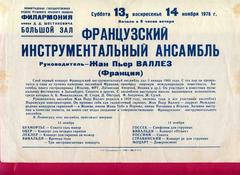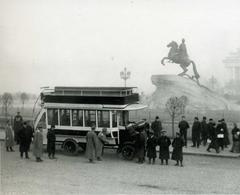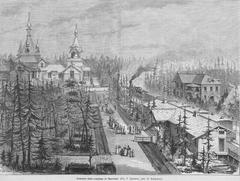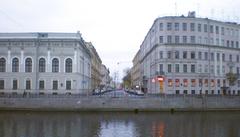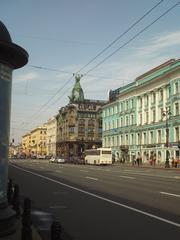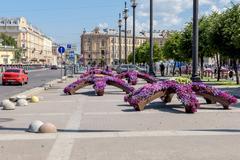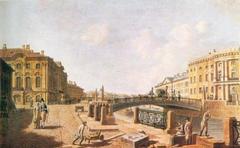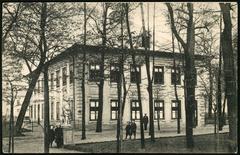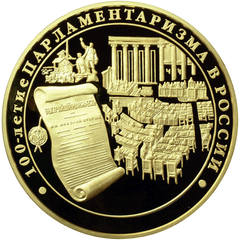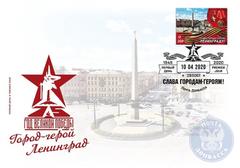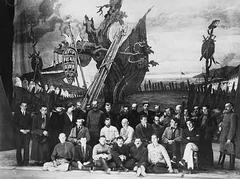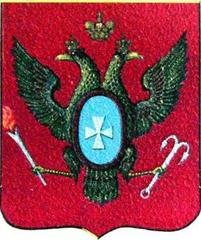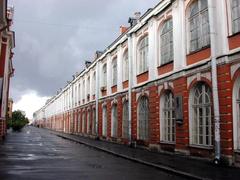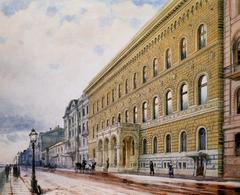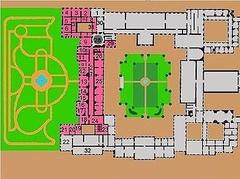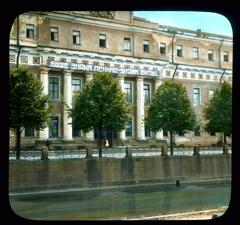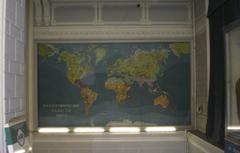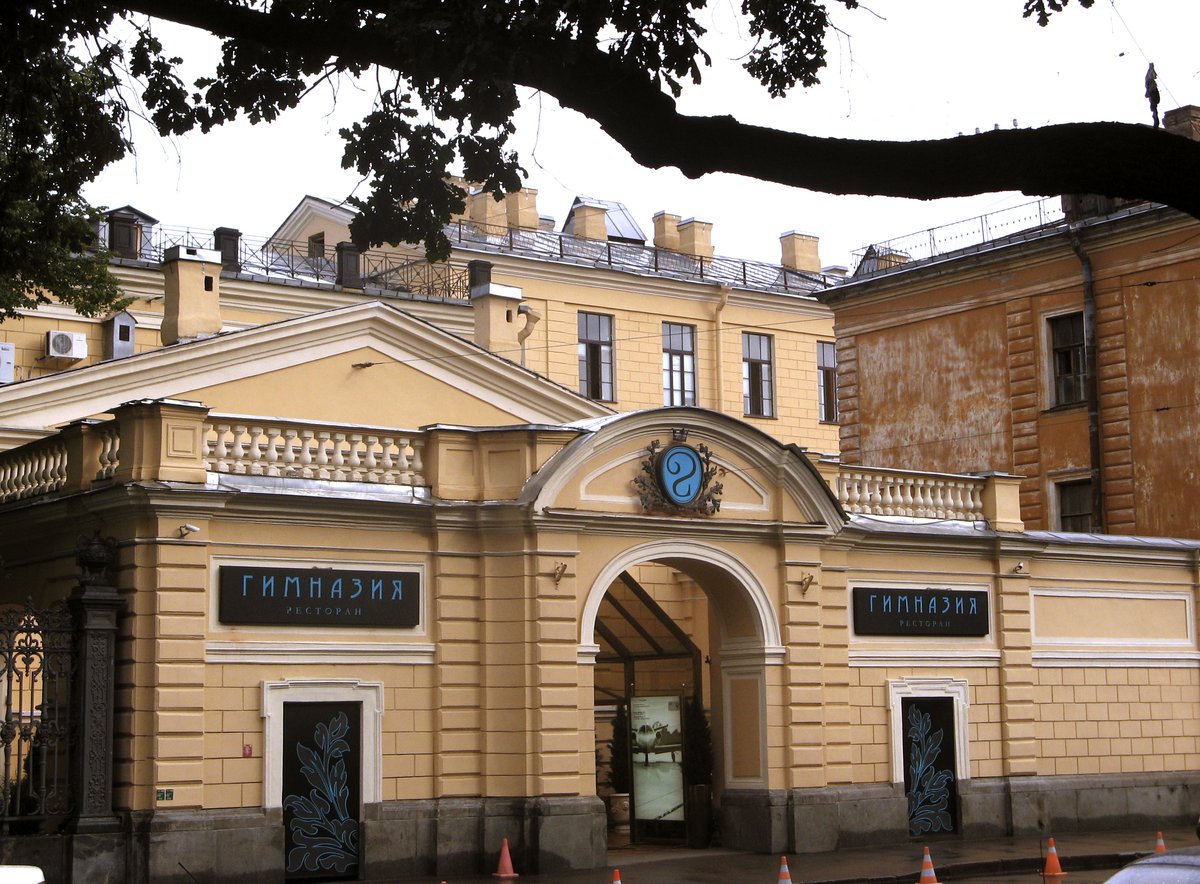
Nikolaevsky Palace Visiting Hours, Tickets, and Historical Significance
Date: 18/07/2024
Introduction
Nestled in the heart of Saint Petersburg, the Nikolaevsky Palace, also known as the Nikolai Palace, is a magnificent testament to the opulence and grandeur of Imperial Russia. Commissioned by Tsar Nicholas I for his third son, Grand Duke Nikolai Nikolaevich, this architectural marvel was designed by the esteemed Andrei Stackenschneider, whose eclectic style seamlessly blends elements of Renaissance, Baroque, and Rococo. Constructed between 1853 and 1861, the palace’s rich facade and luxurious interiors reflect the elaborate tastes of the Romanov dynasty. Today, the Nikolaevsky Palace stands as a cultural gem, offering visitors an immersive experience into Russia’s imperial past through meticulously restored ballrooms, private chambers, and a grand staircase made from white Carrara marble (source). Whether you are a history enthusiast, an architecture aficionado, or simply seeking a unique cultural experience, this palace provides a captivating glimpse into the lavish lifestyle of the Russian aristocracy.
Table of Contents
- Introduction
- History and Significance
- Experiencing the Nikolaevsky Palace - A Visitor’s Guide
- FAQ
- Conclusion
- References
History and Significance
A Palace for a Grand Duke - Origins and Construction
The Nikolaevsky Palace, also known as the Nikolai Palace, stands as a testament to the opulence and grandeur of Imperial Russia. Commissioned by Tsar Nicholas I as a gift for his third son, Grand Duke Nikolai Nikolaevich, the palace’s construction spanned from 1853 to 1861. The renowned architect Andrei Stackenschneider, a favorite of the Romanov family, was entrusted with the design. Stackenschneider, known for his work on the Mariinsky Palace and the New Michael Palace, crafted a masterpiece of eclecticism, blending elements of Renaissance, Baroque, and Rococo styles.
The palace’s facade, richly adorned with sculptures and intricate stuccowork, reflects the grandeur of the French Second Empire style, popular during that era. The interior, equally lavish, boasted grand ballrooms, opulent private chambers, and a private theater. Notable features include the grand staircase, crafted from white Carrara marble, and the opulent ballroom, illuminated by a magnificent crystal chandelier.
The Grand Duke and His Palace - A Short-Lived Dynasty
Grand Duke Nikolai Nikolaevich, the palace’s first resident, was a prominent figure in Russian military history. He served as the commander-in-chief of the Russian army during the Russo-Turkish War (1877-1878), earning him significant military accolades. However, his personal life was marked by scandal. His marriage to Grand Duchess Alexandra Petrovna deteriorated, leading to a public separation and his subsequent morganatic marriage to Ekaterina Chislova.
The Grand Duke’s time at the palace was relatively short-lived. Following the Russian Revolution in 1917, the palace was nationalized by the Bolshevik government. The Romanov dynasty, including the descendants of Grand Duke Nikolai Nikolaevich, met a tragic end, further severing the palace’s ties to its imperial past.
From Palace to House of Culture - A New Era for the Nikolaevsky Palace
The post-revolution years saw the Nikolaevsky Palace repurposed to serve the needs of the newly established Soviet state. Initially, it housed the Geographic Institute, reflecting the changing priorities of the nation. However, in 1937, the palace underwent a significant transformation, becoming the Leningrad Palace of Culture for Workers in the Arts. This marked a shift towards making cultural spaces accessible to the working class, a key tenet of Soviet ideology.
The palace’s opulent interiors, once reserved for the Romanov family and their esteemed guests, were now open to the public. The grand ballrooms, once echoing with the sounds of waltzes and polkas, were now used for lectures, concerts, and theatrical performances. This transformation, while drastic, ensured the palace’s survival during a tumultuous period in Russian history.
The Nikolaevsky Palace Today - A Cultural Gem of St. Petersburg
Today, the Nikolaevsky Palace, now known as the Nikolai Palace, stands as a captivating reminder of Russia’s rich history and architectural prowess. No longer a private residence or a center for Soviet ideology, it has been meticulously restored to its former glory, offering visitors a glimpse into the splendor of Imperial Russia.
The palace houses a fascinating collection of 19th-century furniture, artwork, and decorative objects, providing a tangible link to its opulent past. The restored ballroom, with its glittering chandeliers and soaring ceilings, hosts classical ballet performances, offering a unique cultural experience. Visitors can also explore the palace’s grand halls and private chambers, marveling at the intricate details and lavish decorations that have been painstakingly preserved.
Experiencing the Nikolaevsky Palace - A Visitor’s Guide
Getting There
The Nikolaevsky Palace is conveniently located in the heart of St. Petersburg, easily accessible by public transportation. The nearest metro station is Ploshchad Vosstaniya (source).
Opening Hours
The palace is open daily from 10:00 am to 6:00 pm, with the last admission at 5:00 pm. It’s advisable to check the official website for any changes in timings, especially during holidays or special events.
Tickets
Admission tickets can be purchased at the palace entrance or online through the official website. Guided tours are available in various languages, offering deeper insights into the palace’s history and significance.
What to See
Don’t miss the grand ballroom, the private theater, and the grand staircase. Take your time to admire the intricate details of the palace’s architecture and interior design. If you have time, consider attending a ballet performance in the ballroom for a truly immersive experience.
Special Events and Guided Tours
The Nikolaevsky Palace frequently hosts special events including classical concerts, theatrical performances, and art exhibitions. Guided tours, available in multiple languages, provide in-depth historical context and anecdotes, enriching the visitor experience.
Photography
Photography is generally allowed inside the palace, but flash photography may be restricted in certain areas. It’s always best to check with the staff before taking photos.
Dining
The palace houses a restaurant where visitors can enjoy a meal or refreshments. The restaurant offers a selection of Russian and international cuisine, providing a welcome break after exploring the palace.
Accessibility
The Nikolaevsky Palace is partially accessible to visitors with disabilities. Ramps and elevators are available in certain areas, but some parts of the palace may be inaccessible due to the building’s historical structure. It’s advisable to contact the palace in advance to inquire about accessibility arrangements (source).
Nearby Attractions
The Nikolaevsky Palace is located within walking distance of several other notable attractions in St. Petersburg, including the Moscow Railway Station, the Dostoevsky Museum, and the Tauride Garden. Consider combining your visit with a stroll through these nearby landmarks to enhance your experience (source).
FAQ
Q: What are the Nikolaevsky Palace visiting hours?
A: The palace is open daily from 10:00 am to 6:00 pm, with the last admission at 5:00 pm. Check the official website for any changes in timings.
Q: How much do tickets to the Nikolaevsky Palace cost?
A: Ticket prices vary and can be purchased at the palace entrance or online. Guided tours are available for an additional fee.
Q: Is photography allowed inside the Nikolaevsky Palace?
A: Yes, photography is generally allowed, but flash photography may be restricted in certain areas.
Q: Are there any special events at the Nikolaevsky Palace?
A: Yes, the palace hosts various special events, including classical concerts, theatrical performances, and art exhibitions.
Q: Is the Nikolaevsky Palace accessible to visitors with disabilities?
A: The palace is partially accessible. It’s advisable to contact the palace in advance to inquire about specific accessibility arrangements.
Conclusion
The Nikolaevsky Palace is more than just a relic of the past; it is a vibrant cultural hub that bridges the grandeur of Imperial Russia with contemporary cultural experiences. From its origins as a gift from Tsar Nicholas I to Grand Duke Nikolai Nikolaevich, through its transformation during the Soviet era, to its current status as a meticulously restored museum and performance venue, the palace’s history is as rich and varied as its architectural design. Visitors today can not only marvel at its opulent interiors and architectural splendor but also partake in cultural events such as classical ballet performances and folk shows. The Nikolaevsky Palace remains a must-visit destination in Saint Petersburg, offering a profound connection to Russia’s historical and cultural heritage (source). For those planning a visit, the palace’s strategic location and the array of nearby attractions make it an ideal starting point for exploring the historical and cultural treasures of this magnificent city.
References
- Nikolaevsky Palace Official Website https://www.nicholaspalace.com/
- Saint Petersburg Metro Official Website https://www.metro.spb.ru/en
- Saint Petersburg Official Tourist Website https://www.saint-petersburg.com/
